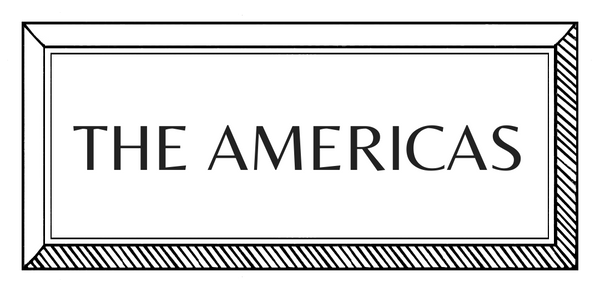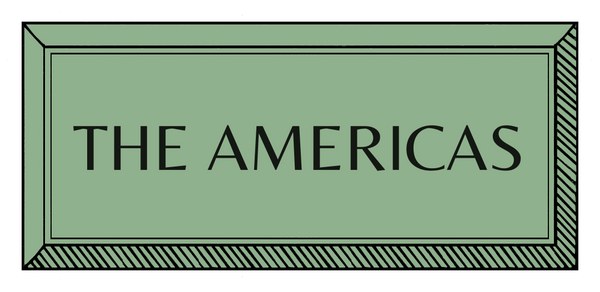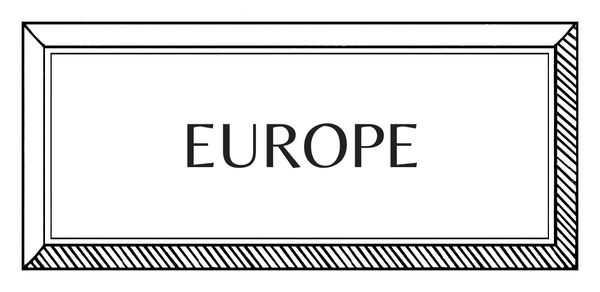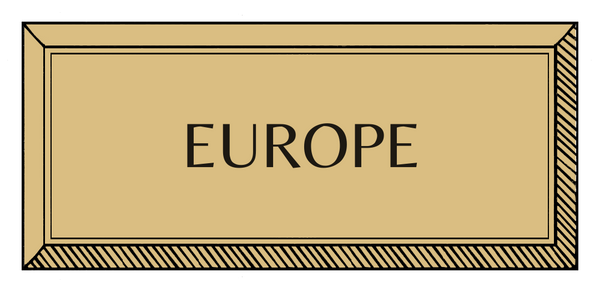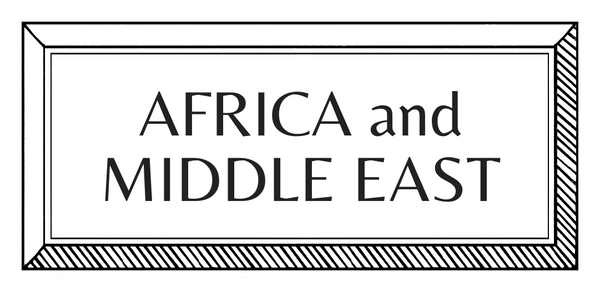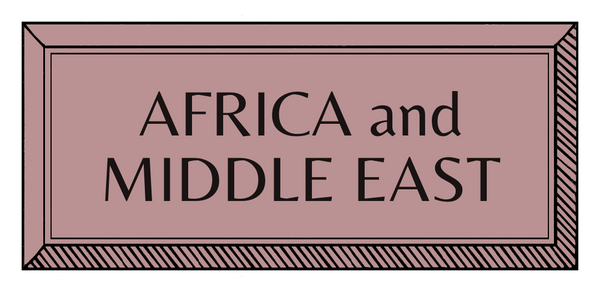MAKERS | EUROPE | UK | PLASTER
Geoffrey Preston | Plaster Artist

Geoffrey Preston, one of the UK's foremost architectural sculptors, is renowned for his decorative plasterwork and stucco artistry. With a background in sculpture and stonemasonry, he founded a Devon workshop in 2000 and leads a team that creates distinctive sculptural pieces. His acclaimed projects include works for prestigious venues like Annabel’s Members Club and The Goring Hotel.
How did you begin?
I studied sculpture at Hornsey College of Art, and after that I trained as a stonemason and a carver. I worked in building conservation for many years and I was lucky to work on some of the finest buildings in England. Working on an old building is an education, visually and practically. You get to understand a building and its materials, and to rediscover in practice some of the original working methods.
Early on, as a carver in stone, I learnt the value of working from a clay model. I realised that I enjoyed modelling – the tactile quality of the material in my hands and the interplay of light and shade.
Working with decorative plaster was a happy accident. In 1989 Uppark, one of the finest houses in the south of England, burnt down. The National Trust decided to rebuild it and the restoration of the 18th century stucco ceilings there required the rediscovery of techniques and recipes that had been practically extinct for several generations. It needed a combination of artistic ability, understanding of materials and experience in building conservation. I was lucky to be in the right place at the right time.
Uppark sparked my fascination with plasterwork, but it’s not so often that conservators get to remake whole ceilings so I gradually found myself shifting to designing and making new ceilings rather than restoring old ones.
How did you learn?
I’ve had a lot of really great teachers but fundamentally the art of it is in the many years of practice.
How do you plan, prepare and create?
There are lots of different technical skills involved in decorative plasterwork but the heart of it (for us) is clay modelling. Much of our work is first modelled in clay, then a silicone mould is taken from it and used to make a cast in plaster. Modelling in clay is like drawing in three dimensions. As a material it is very versatile and can be used to model in a fluid and immediate way, sketching out the shapes and details roughly and quickly. It can also be finished to a high standard, with sharp detail and a crisp, smooth surface.
Some people use CAD and even 3D printing but we like to work with our hands. The slow process of making is where the unexpected happens, those odd developments and quirks which bring a piece to life.

Who or what most influences your work?
There are so many rich sources - thousands of years of decorative arts for inspiration. My main design source is 18th century decorative art and sculpture. Historic plaster is a great resource and there is fantastic work in Britain and Ireland. Two of my favourite European sculptors, Giacomo Serpotta in Sicily, and Egid Quirin Asam in Bavaria, really stretched the boundaries of what is possible in plaster. Their work has had a strong influence on me both in design terms and technically. 20th century artists are also a great inspiration, particularly Rex Whistler, and wood engravers like Tunnicliffe and Joan Hassal. Their use of light and shade has correspondences with the way I see plaster relief work.
Flowers are pretty central. I am inspired by the portrayal of flowers and leaves in 18th century plasterwork and in other decorative arts, for example the exquisite flower painting on Sevres and Nymphenburg porcelain, and in paintings by Rococo artists such as Boucher. It is such a challenge to represent the ephemeral and delicate quality of flowers in a concrete, material form.
What does a typical day look like?
Our workshop is an old Calf Shed in a farmyard deep in the rolling hills of Devon. It’s actually only a few miles from the edge of Exeter (where we live), but it feels like the middle of a beautiful green nowhere. It’s a mile from the nearest village, down a high-banked Devon lane which is full of birds and wildflowers.
The core of our team is the two of us (my wife Jenny and I run the company together) and Kate, who has been with us for fifteen years. There are usually one or two other freelance sculptors too, depending on what’s on. So there’s a good busy atmosphere here.

What are the best and worst things about being a craftsperson today?
We feel really lucky to make a living from making beautiful things. There’s been a resurgence in interest for beautifully made arts and crafts, and a revival of interest in pattern, texture and decoration led in no small part by organisations like The Artworker’s Guild and Heritage Crafts here in the UK and The Michaelangelo Foundation in Europe.
Being a craftsperson is a labour of love and it usually takes a lot of years, or a lot of luck, to get to a place where your work can command the prices that reward the time it takes to make it. So it can be tough for people starting out. There is also a shortage of educational routes for young people to learn practical and creative skills and we’d like to see that change.
One more thing... A Place or Space that really inspires you?
Die Wies, a pilgrimage church in Bavaria built in the 1740’s by the Zimmermann brothers. It has the most sublime plasterwork.

Interview by Emma Becque
Images from Geoffrey Preston










